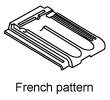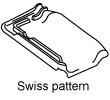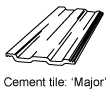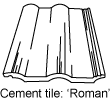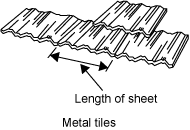Tile materials
Roof cladding is the material used to protect the building from the extremes of the weather. The two most common options are roof tiles and metal roof sheeting.
Roof tiles are particularly suited to the Australian climate, which generally does not have high winds or snow loads. These elements are most likely to reduce the life of roof tiles. Roof tiles can generally be used on roofs of 15º or greater pitch, however, some materials and methods of manufacture require 25º or greater pitch.
Roof tiles come in many different materials.
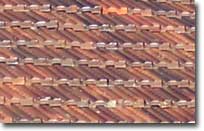
Terracotta tiles
The tile is formed in wet clay and then fired to give a hard, long-life roofing product. They come in a number of profiles. Terracotta tiles have a roof life greater than 50 years in most environments, however, salt atmospheres sometimes cause premature fretting.
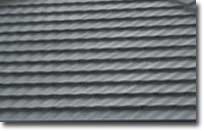
Concrete tiles
Concrete roof tiles are generally modelled on terracotta tiles. Modern concrete tiles have roof lives approaching those of terracotta. They are stable, warp-free and have the same basic profiles as terracotta tiles. The colour on the concrete tiles is an applied coating. Although some colours fade quickly (within five years), most of the popular red/brown/charcoal colours have long colour retention.

Slate tiles
These are a naturally occurring rock.
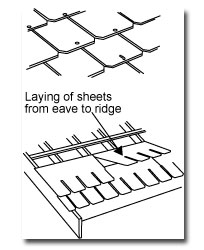
Shingles
Fibre cement shingles are slate-like products manufactured from fibre-reinforced cement.
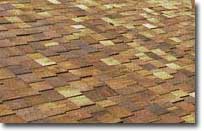
Shingles/shakes
Timber shingles/shakes are made of sawn or split timber boards.
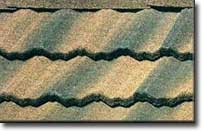
Aluminium or steel pressed tiles
These are metal that is shaped to imitate a tile. They are often covered with coloured sand glued to the metal.
Tile styles
As well as being made of many different materials, tiles come in various profiles.
